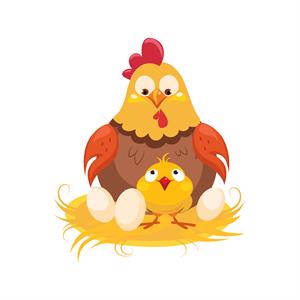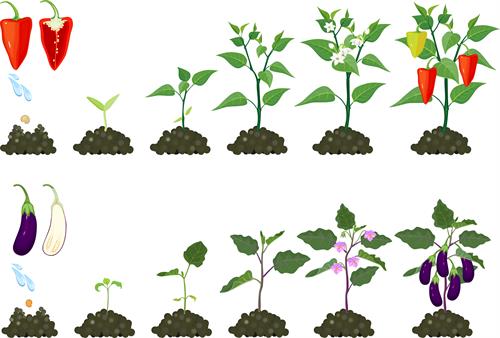PDF chapter test TRY NOW
All living organisms (plants and animals) produce new individuals during their lifetime.
The process that generates a new organism from the parent (existing) organism of the same kind is called as reproduction.
The new individuals thus produced are copies of the parent organism.


Modes of reproduction
The different parts of the plant like, roots, stem, and leaves has a specific function and are called vegetative parts.
After attaining a specified growth, the plant bear flowers, which develops into fruits and seeds.
The parts of the plant which participate in the process of sexual reproduction are called reproductive parts.
There are different modes or methods of reproduction in plants which are classified as:
- Asexual reproduction
- Sexual reproduction
Asexual Reproduction:
Process wherein only one parent is involved in the production of new plants without the production of seeds or spores is called asexual reproduction.
Sexual Reproduction:
Process wherein there is fusion of gametes or reproductive sex cells is called sexual reproduction.
